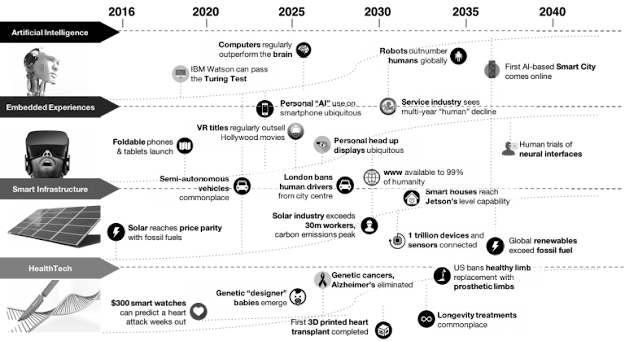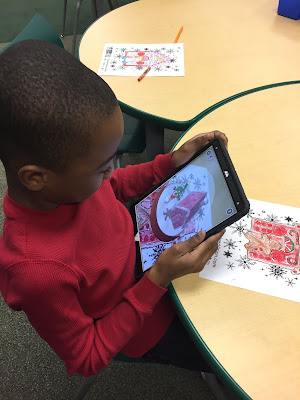Looking into the crystal ball
The future is here! With current events the world has been turned upside down but not always in a bad way. The technologies that have been waiting to make it the forefront in education now have teachers and education leaders scrambling to get them in the hands of both teachers and students. The book by King described how much of our lives would be augmented by technology tools. Some of these tools to help increase engagement or productivity may have seemed like a luxury. School districts may have put them into a “we will get them in the future” category - but here we are wishing we knew more about them and how these tools can help us with virtual learning.
Education now has opportunities to improve, advance and incorporate many new ideas and new technology innovations. Changes over the past decade, like learning management systems, open educational resources, online courses and analytics, are now being looked at on every level of education and not just at the college level. Right now teaching practices are evolving at a rapid pace to be increasingly flexible and accessible to all types of students.
King would not be surprised at the use of Artificial Intelligence (AI) tools that make use of descriptive, prescriptive and predictive analytics to gain learner insights that help teachers create curriculums and make wiser investments in education. Augmented reality with more devices to make them more accessible will merge the digital and real-world seamlessly and provide a more holistic approach to learning. Virtual Reality may also make its mark taking a passive observer and putting them in the driver's seat of their learning with the other tools.
With the many technology advancements King may find that learning becomes more immersive and collaborative, and we should see a shift of our focus from knowledge delivery to implementing technology to help learners maximise their potential learning experiences.
For fun let’s look at King’s “crystal ball” predictions. While some ideas are already here, we need to have a vision as what we do in education may drive some of these technologies.



Angie, I am really intrigued by your topic. I almost selected this book but ended up reading Jeremy Bailenson's book instead (virtual reality). I had the opportunity to listen to and meet with a gentleman, Mike Walsh, who has been gaining a lot of ground in the business world with companies such as Intel and Netflix. He take a closer look at changing technologies and how they are influencing the world. This is his site: https://www.mike-walsh.com/. Maybe it will inspire you some more, but beware that it is not "education" related. It is more focused on the influence of future technologies.
ReplyDeleteHi Angie,
ReplyDeleteThis sounds like a great book to read. When you discussed Virtual Reality I had to chuckle because when I was in Arizona visiting Megan there was a boy in the club house who was playing a game with his equipment. He stood in one place for over an hour and played the game. He did walk around I guess in between games. It made me want to play his game to see what it was like but I didn't dare ask him. I love the chart you shared in your blog, too. It is amazing how fast technology moves. As soon as you purchase a new phone, computer, etc. a new one is right behind it. It is hard for me at my age to keep up with all the new technological advances today.